|
I learned a lot from listening to my students. Recently, I looked back at some of the feedback I got from students when I taught 10th and 11th grade literacy. Their responses are illuminating even years later. What did they say they liked?
What did they say should be improved?
I am still blown away by the insightfulness of my former students. They wanted more choice, more opportunity to share their ideas with the world and make a meaningful, positive impact on relevant social issues. The last point on the feedback list emphasizes students’ eagerness to learn and grow as writers, but they were strategic in how to go about this. They advocated for less drafting and more of a focus on revision. Students are brilliant! I realize all students are not the same, and these reflections of my students from years ago may not perfectly align with what all other students prefer, but I’ll pull out some notable themes that may help us all as we design engaging units for our own students. Choice-based PBL can supercharge motivation. My students’ reflections and my observations of students in action support what the research says about the power PBL and student voice have to increase student engagement, motivation, independence, attendance (BIE research summary), positive-self regard, feelings of competence (Deci & Ryan, 2008), and academic achievement (Mitra, 2004). They were aware of this, and wanted to continue reaping these benefits, which was evident in their suggestions to have even more choice in the topics studied, books read, and demonstrations of mastery. Students learning from other students is powerful. Many students said that circle discussions were one of their favorite activities of the year. Several students explained that hearing from other students was the reason they became more open to other perspectives and were able to recognize oppression that they hadn’t seen before. Being open to hearing other perspectives and recognizing oppression was one of my primary goals for students—a clear and relevant application of the critical thinking and analytical standards so many of us are tasked with teaching. Students’ comments made me increasingly aware that the time students have to share their ideas with one another and the space we make for students to truly be listened to, is critically important. When I plan my units and individual lessons within those units, I try to keep this in mind. As a result, at least half of my lessons are dedicated to student work or student talk time, to enable students to have these meaningful learning experiences. Student voice as reflection is a learning experience for teachers. One of the things student voice researchers advise is that when we ask for students’ opinions, we do something with the feedback. This doesn’t mean we always implement every idea a student shares, but we want to sit with it, think about it, and respond to each of the pieces of feedback with what we’re doing to move forward with it or why it’s not able to happen in this moment or in the exact way a student suggested. (For reference, I followed up on the above student feedback, the following year by trying out at semester-long Genius Hour in which students had full control of designing their own units—we had 60+ topics going and nearly as many different ways of demonstrating mastery. While it did not go perfectly, my returning students were able to see my commitment to listening to their ideas.) Dana Mitra (2006) depicts three levels of student voice as a pyramid. At the bottom level, students are simply being heard, perhaps by sharing their opinions on a survey—this is the most common type of student voice and also the lowest level. At the middle level, students work alongside adults in partnership to accomplish school goals. At the top level is building capacity for student leadership—less common than the others and the highest level of voice. While a reflection activity on its own seems like it would fit on the bottom level of Mitra’s pyramid, enabling students to recommend or even make these adjustments themselves during the unit or prior to the unit, would have brought us up to at least the middle level of the pyramid. Engaging in my own reflection on teaching, I would like to create more opportunities for students to be in the top two levels of the pyramid, so students (either independently or by collaborating with me) could make the necessary course corrections the moment it’s needed. Students are engaged when they have choice and voice in what they learn about and how they demonstrate learning as well as the opportunities they have to learn from one another. Designing curricula that enables students to choose their own pathways of learning content and building skills, amplifies student engagement and enables students to flourish. Adopting project-based learning, enabling meaningful opportunities for reflection and critical feedback, and making space for students to learn from each other are just three ways we can do this. What other ways do you amplify student voice in your classes? What else have you learned from listening to students?
0 Comments
Leave a Reply. |
Details
For transcripts of episodes (and the option to search for terms in transcripts), click here!
Time for Teachership is now a proud member of the...AuthorLindsay Lyons (she/her) is an educational justice coach who works with teachers and school leaders to inspire educational innovation for racial and gender justice, design curricula grounded in student voice, and build capacity for shared leadership. Lindsay taught in NYC public schools, holds a PhD in Leadership and Change, and is the founder of the educational blog and podcast, Time for Teachership. Archives
May 2024
Categories |
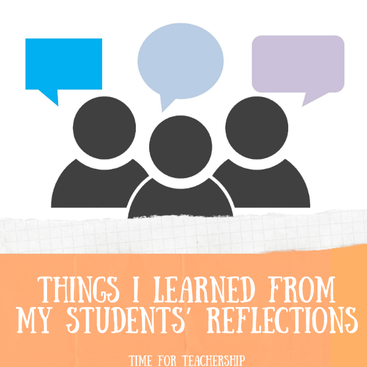
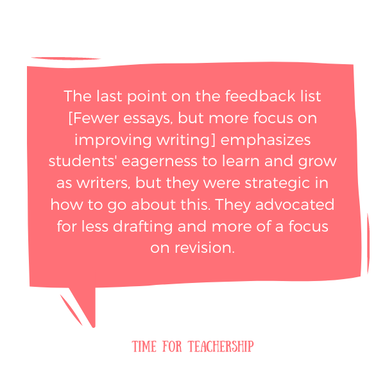
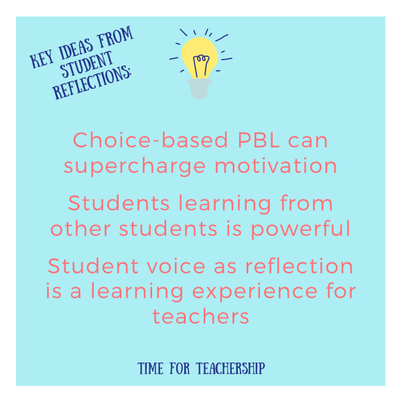
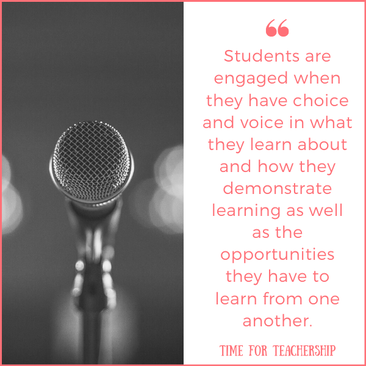
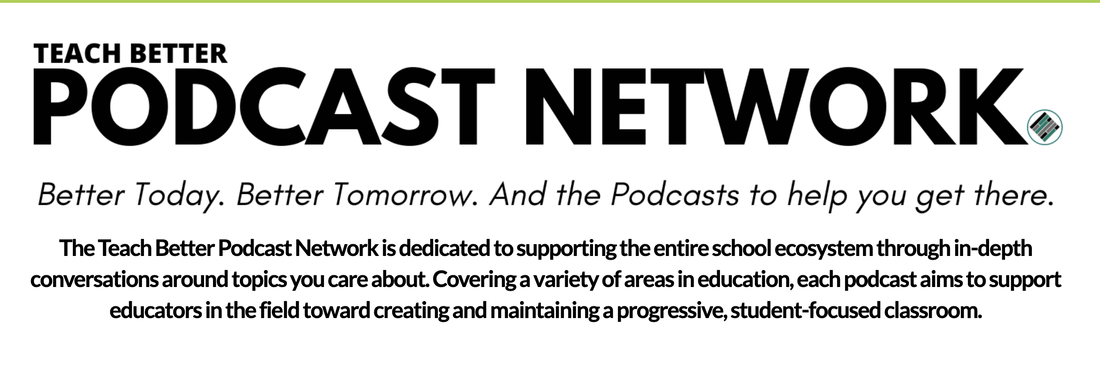
 RSS Feed
RSS Feed